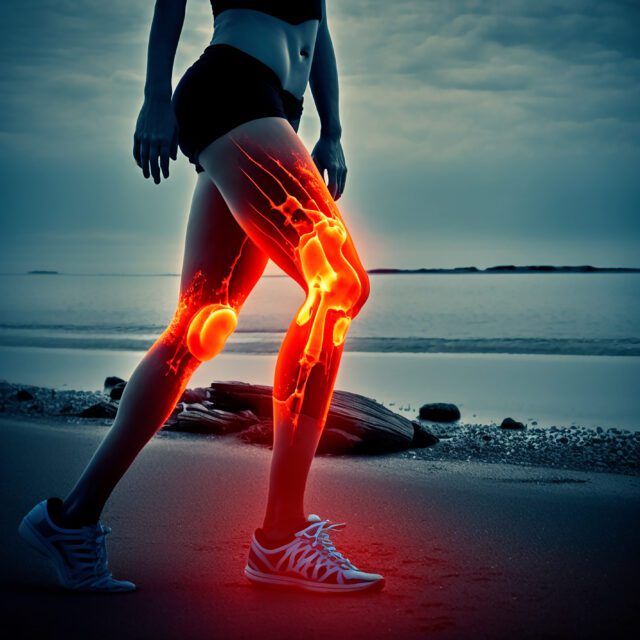At some point in our lives, we’ve all experienced some type of muscle or joint pain. Others, like those suffering from conditions such as arthritis, endure the pain on a more regular basis. While prescription medications and treatments do exist, and many of them are quite effective, some individuals prefer more natural, alternative treatments such as the following.
1. Getting More Sleep
Sometimes, the best way to treat a sore muscle or joint is through a good old fashioned restful night’s sleep. That’s because during the deeper stages of sleep, your body repairs itself and heals tissue by producing growth hormone. By consistently sleeping around 7-8 hours each night, you may find yourself waking up and feeling a whole lot better without ingesting any medication at all.
2. Taking More Vitamin D
Chances are if you are complaining about muscle soreness or pain, you probably have a vitamin D deficiency. Around 93 percent of all subjects who reported non-specific musculoskeletal pain for a study were vitamin D deficient. There are two main ways to absorb vitamin D into your system – exposure to sunlight, or supplements. If you want to take the sunny route, make sure you still wear sunscreen and don’t take it overboard – 15-30 minutes a day is all you need to get enough vitamin D.
3. Exercising
Seeing exercise on any health-related list shouldn’t come as a surprise, as there are so many reasons to stay active. In the case of muscle and joint pain, a little low impact exercise can go a long way. Through activities like cycling, swimming, walking, or yoga, your body will be able to stretch and relieve pain in aching joints. As a bonus, any weight you may lose will be less weight your joints will have to carry, potentially reducing the overall pain.
4. Bathing in an Epsom Salt Bath
When’s the last time you bathed in Epsom salt? If you’ve experienced any muscle pain recently, you should probably start filling that tub up – Epsom salt contains magnesium sulfate, which eases muscle pain and acts as a muscle relaxant. Magnesium can be easily absorbed through the skin, which is great because many Americans are deficient. Fill the tub with water as hot as you can tolerate, and add around two (2) cups of Epsom salt. The high temperature of the water will promote circulation and reduce muscle inflammation.
5. Eating Mineral-Rich Foods
Just like the Epsom salt bath, eating foods that are rich in minerals can help reduce muscle pains by eliminating toxins and relieving inflammation. Avoid foods that contain tons of saturated fats such as red meat and cream, and start eating more vegetables and whole grains. By helping your liver function better, you can be sure that muscle inflammation will be kept to a minimum.









